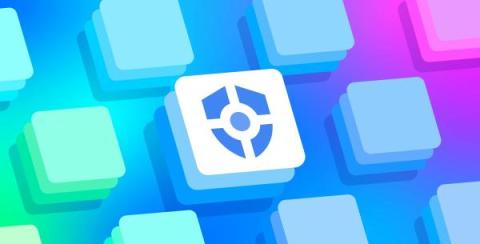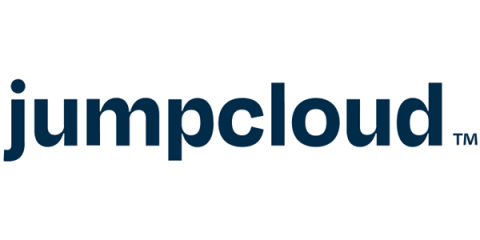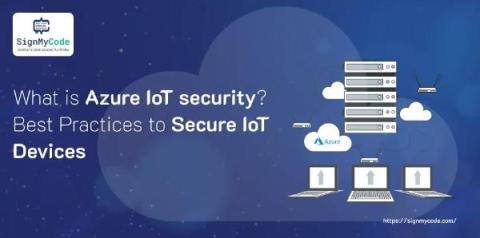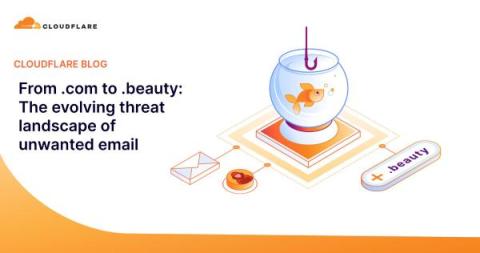Microsoft Azure Red Hat OpenShift (ARO) and Trilio Data Protection: Uniting Cloud-Native Excellence
With the exponential growth of cloud adoption and the widespread shift to Kubernetes as the de facto orchestration platform, Red Hat OpenShift emerges as a leading solution. Coupled with the robust cloud infrastructure of Microsoft Azure, Red Hat OpenShift on Azure (ARO) is a managed service that offers OpenShift clusters on Microsoft Azure. It is jointly engineered and operated by Microsoft and Red Hat with an integrated support experience.











